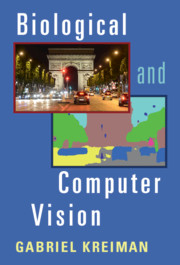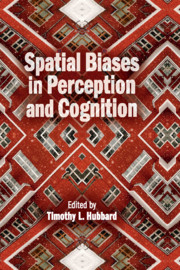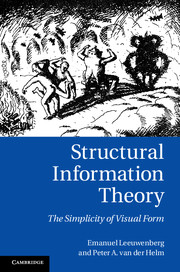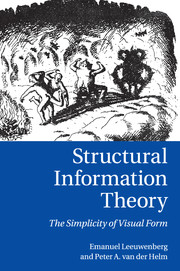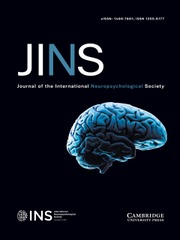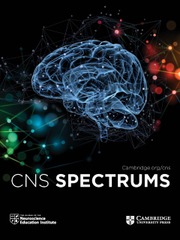Biological and Computer Vision
Imagine a world where machines can see and understand the world the way humans do. Rapid progress in artificial intelligence has led to smartphones that recognize faces, cars that detect pedestrians, and algorithms that suggest diagnoses from clinical images, among many other applications. The success of computer vision is founded on a deep understanding of the neural circuits in the brain responsible for visual processing. This book introduces the neuroscientific study of neuronal computations in visual cortex alongside of the psychological understanding of visual cognition and the burgeoning field of biologically-inspired artificial intelligence. Topics include the neurophysiological investigation of visual cortex, visual illusions, visual disorders, deep convolutional neural networks, machine learning, and generative adversarial networks among others. It is an ideal resource for students and researchers looking to build bridges across different approaches to studying and developing visual systems.
- Combines research from animal and human visual cognition, the brain, and artificial intelligence vision systems
- Introduces state-of-the-art topics in biological vision and algorithmic approaches to modeling visual systems in machines
- Explains experimental design, hypothesis testing, and critical thinking through discussion of biological and computational experiments in vision research
- Shows how machines are trained to see and interpret the visual world around us
Reviews & endorsements
'… an interesting analysis of computational modeling for visual consciousness. Impressive in scope, the book is brief, resulting in a text that is quite approachable … Highly recommended.' J. M. Carroll, Choice
Product details
February 2021Paperback
9781108705004
280 pages
230 × 150 × 18 mm
0.5kg
Available
Table of Contents
- 1. Introduction to the world of vision
- 2. The travels of a photon – natural image statistics and the retina
- 3. The phenomenology of seeing
- 4. Creating and altering visual percepts through lesions and electrical stimulation
- 5. Adventures in terra incognita: probing the neural circuits along the ventral visual stream
- 6. From the highest echelons of visual processing to cognition
- 7. Neurobiologically plausible computational models
- 8. Teaching computers how to see
- 9. Towards a world with intelligent machines that can interpret the visual world
- 10. Visual consciousness.

